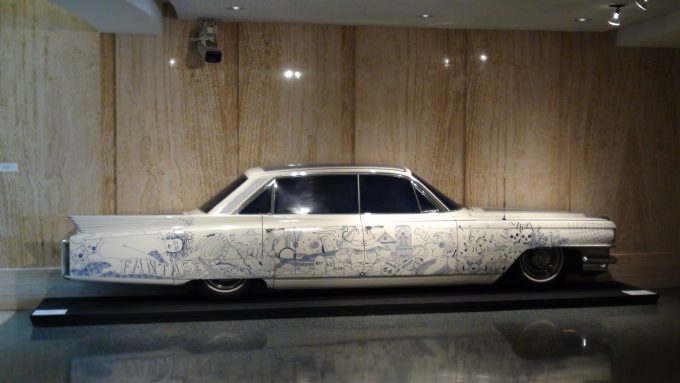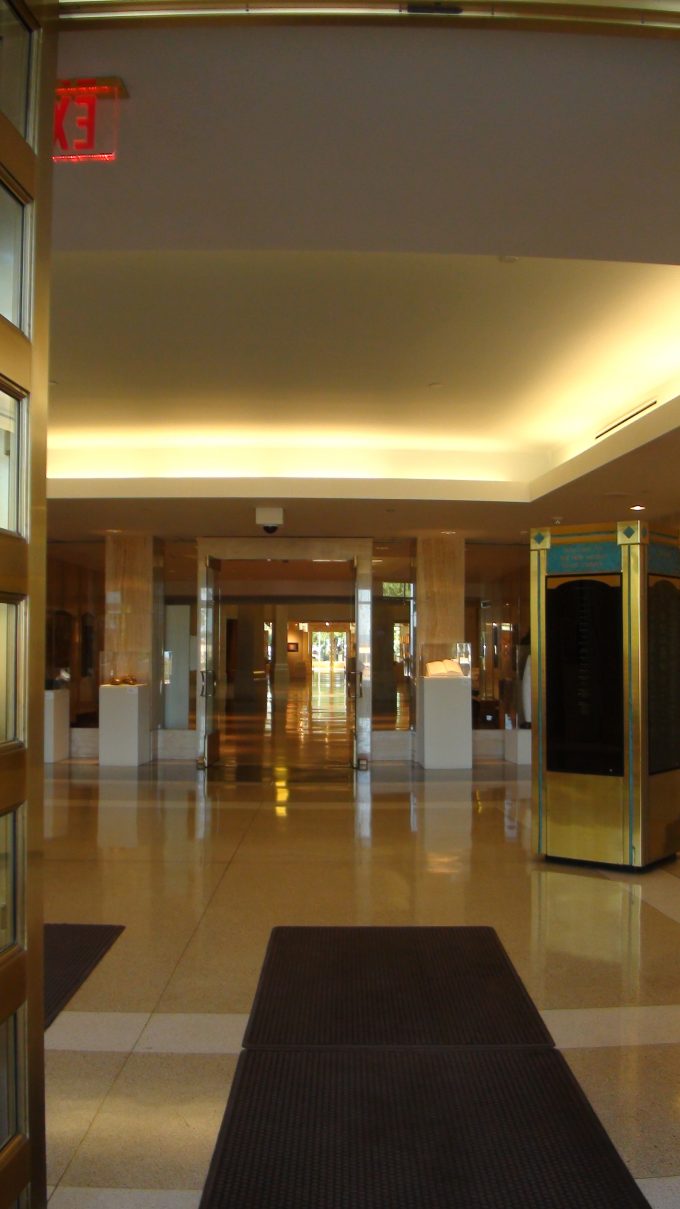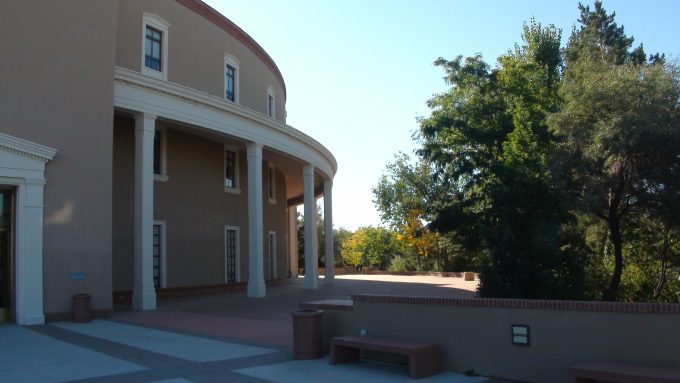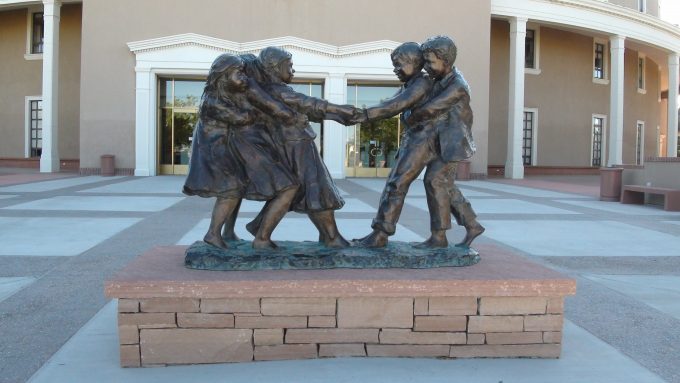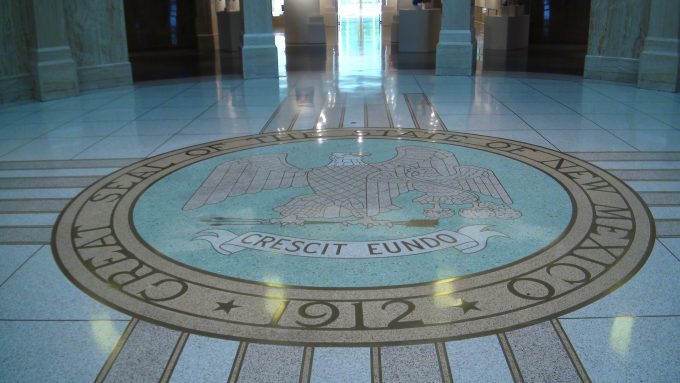
Wednesday, 26 December 2018
Now when these things had been thus prepared, the priests always went into the first part of the tabernacle, performing the services. Hebrews 9:6
The author begins with, “Now when these things had been thus prepared.” Though it appears he is specifically referring to the original sanctuary made at the time of Moses, this can still also refer to temple in Jerusalem. In the case of the portable sanctuary, only the priests, the sons of Aaron, could put up and take down the Most Holy articles. These were covered so that no one could see them when they were taken down, and uncovered only when the tabernacle was around them and assembled. After this, the other Levites could begin to perform their duties.
In the case of the permanent temple, the Holy Place and the Most Holy Place were prepared only once and then they were left to the exclusive use of the priests. The priests’ duties are laid out in the books of Moses, but particularly in Exodus and Leviticus.
The author then next says, “the priests always went into the first part of the tabernacle, performing the services.” As detailed in the law, there were things to be done regularly in the Holy Place. It is where the lampstand (the menorah) needed to be tended to daily. It is where the altar of incense was, and where there were regular daily offerings, and it is where the table of showbread was. This also needed regular attention in the replacement of the loaves of bread each week. Both the actual schedule of these things, and the details for performing them, are detailed carefully in the law itself.
These and other duties (such as the sprinkling of certain sin offerings before the veil) were conducted as needed, by either the high priest or one of the other priests, depending on what was according to the law.
The specificity here in this verse is given to show a contrast between these regular services performed in the Holy Place and those services which were then to be conducted in the Most Holy Place. That will begin to be explained in the next verse.
Life application: As noted in previous verses, every single detail of what is being presented by the author concerning these rites and rituals is merely a foreshadowing of the Person of Jesus Christ, or the work He has accomplished for His people. Israel, however, rejected Christ and their temple was destroyed. Israel is, even now, preparing to begin these rituals once again. They were ineffective in bringing the people to a right relationship with God in the past, and they will continue to be ineffective in doing so in the future. It is a sad thing to see how they have missed Christ, but someday they will put the law behind them and, as a people, they will call out to Christ Jesus and finally be freed of this heavy yoke which they have carried since the time of Moses. Pray that many Jews will come to Jesus now and be saved through His shed blood instead of continuing down this same miserable path of ineffective law-related rituals.
Lord God, just as the priests in the temple had their regular duties, so we have regular tasks in our jobs. Give us the strength, wisdom, and ability to properly perform our duties, no matter what they are. And may You alone receive the praise as our fellow workers see our conduct. In Jesus’ name we pray. Amen.

